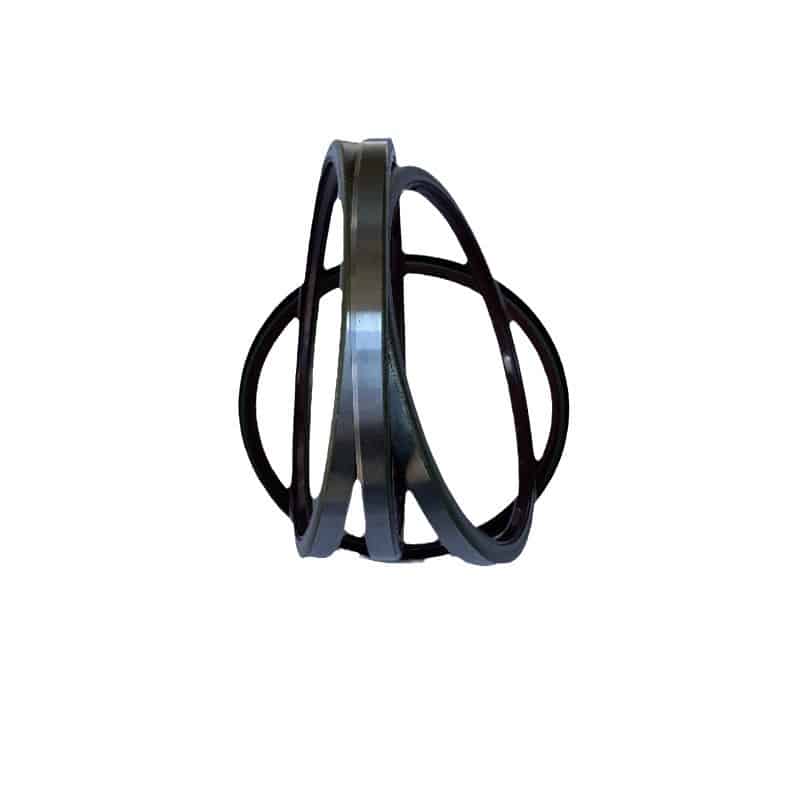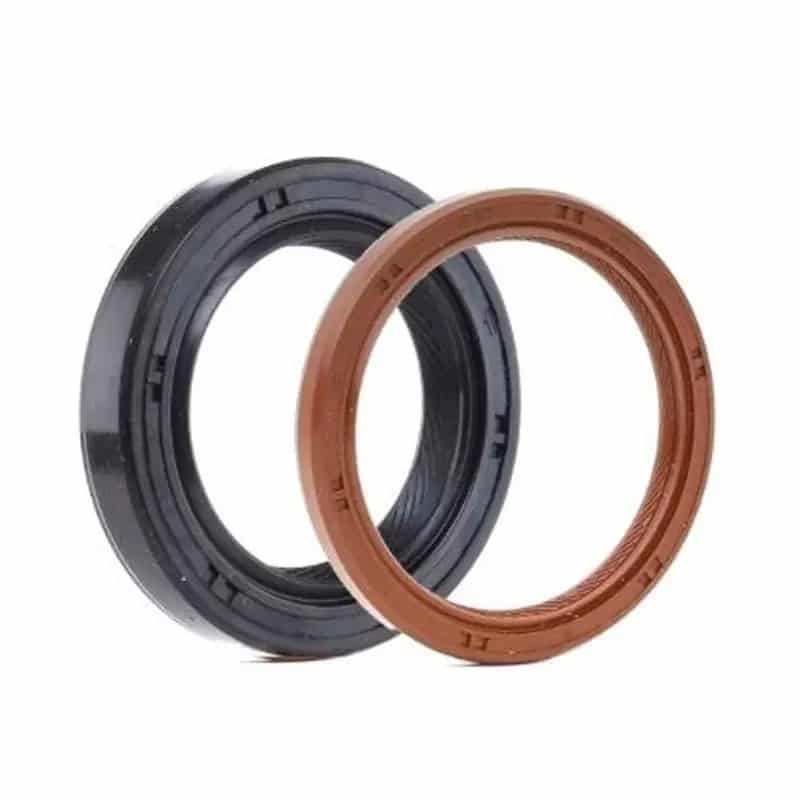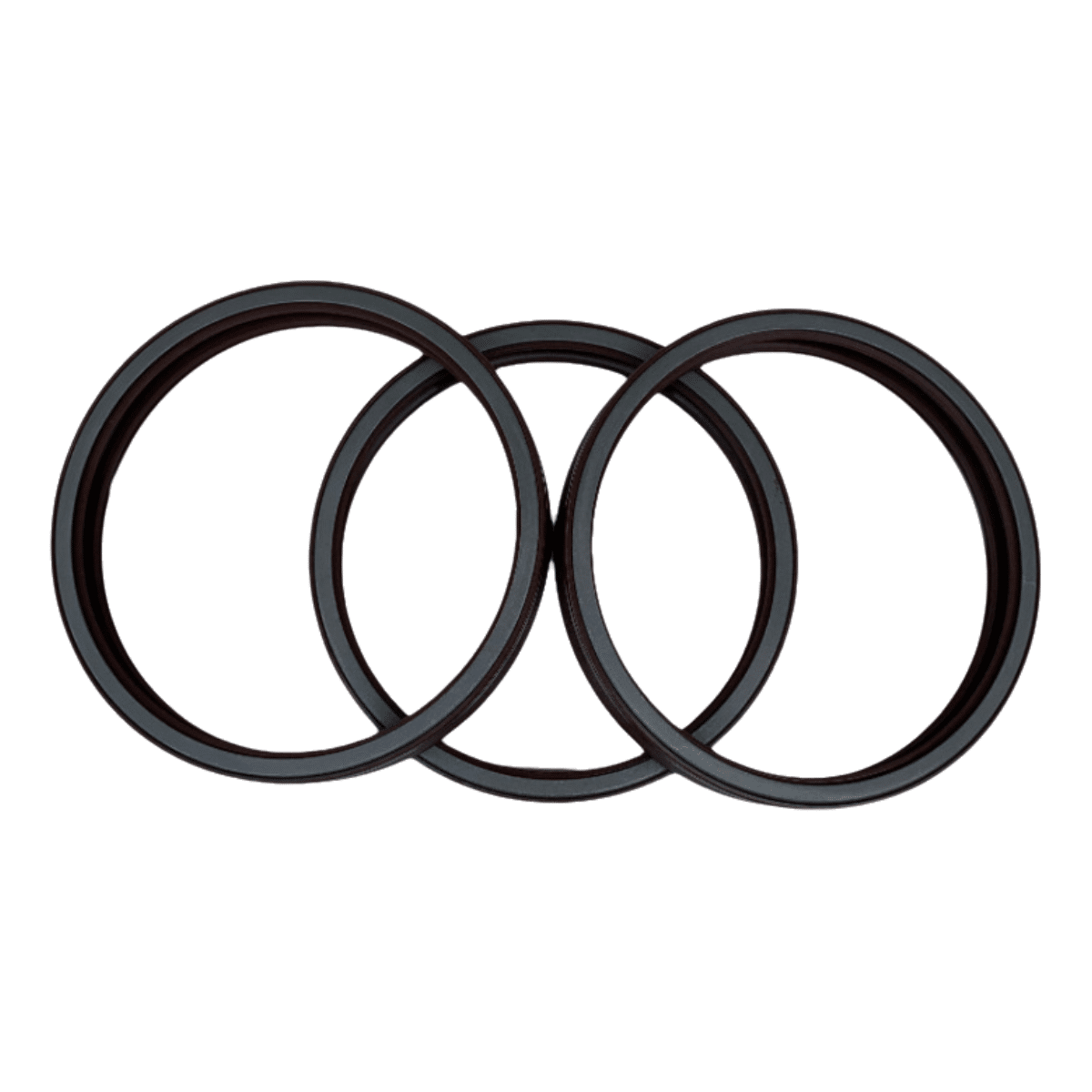Leaking oil seals cause costly repairs and performance loss. I’ve seen how the right seal choice improves engine efficiency and reduces downtime.
Automotive oil seals prevent lubricant leaks, block contaminants, and protect engine components from wear — ensuring longer vehicle lifespan and lower maintenance costs.

Want to know which oil seal fits your car best? Let me walk you through materials, types, and real-world cases.
What Is an Automotive Oil Seal and How Does It Work?
Oil seals, also called shaft seals, form a barrier between moving parts, keeping lubricants in and contaminants out.
When compressed in a groove, the seal flexes slightly to maintain pressure resistance and prevent leaks — crucial for crankshafts, camshafts, and gearboxes.
For a complete technical breakdown, check our Oil Seal Seal Guide.

Which Type of Oil Seal Should You Choose for Automotive Use?
Different applications need different seal designs. Here’s what works:
| Tajpu | Trajtoj | Plej bona Uzo |
|---|---|---|
| TC Oleo Sigelo | Double lip, high durability | Krankŝaftoj, kamŝaftoj |
| Radiala Ŝafta Sigelo | High-speed, high-pressure | Rapidumujoj, dissendoj |
| Skeleta Oleo Sigelo | Simple, cost-effective | General applications |
Choosing the right type ensures seal longevity and engine reliability.
How to Select the Right Oil Seal Material for Your Vehicle?
Material impacts temperature tolerance, chemical resistance, and lifespan.
| Materialo | Temp Range (°C) | Plej bona Apliko |
|---|---|---|
| NBR (nitrilo) | -40 ĝis 120 | Engine crankshafts |
| FKM (Viton®) | -20 ĝis 230 | High-temp, high-pressure systems |
| PTFE | —200 ĝis 260 | Chemical-resistant uses |
Still deciding? See our FKM vs NBR Oil Seal Comparison.
How Do Oil Seals Improve Performance in Heavy-Duty Vehicles?
Heavy-duty trucks and construction equipment face harsh environments. Here’s a real case:
A fleet operator had constant diesel engine leaks. Switching to FKM high-temperature seals delivered:
- ✅ 50% longer seal life
- ✅ 60% reduction in oil leaks
- ✅ 35% lower maintenance costs
For high-stress applications, I always recommend FKM or PTFE oil seals.

How to Avoid Common Automotive Oil Seal Failures?
Failures usually result from:
- Wrong material choice
- Shaft misalignment
- Troa kunpremo
- Reusing old seals
Nia Seal Failure Prevention Guide details these issues and fixes.
Where to Buy Reliable Automotive Oil Seals in 2025?
At Hengoseal, we offer:
- Custom-sized oil seals
- OEM-quality products
- Rapida tutmonda sendado
Explore our range:
📩 Retpoŝto: [email protected]
📞 WhatsApp: +86 17622979498
Konkludo
Choosing the right oil seal ensures engine efficiency, fewer breakdowns, and long-term savings. Match type and material to your vehicle’s needs for best results.
Get Custom Oil Seals for Your Vehicles Now
📩 Retpoŝto: [email protected]
📞 WhatsApp: +86 17622979498
Related topic
FKM vs NBR: Kiun Olean Sigelan Materialon Vi Elektu?
Oil Seal Cross Reference Chart: How to Find the Right Replacement
How Hengoseal Helped Reduce Oil Leaks by 30%


